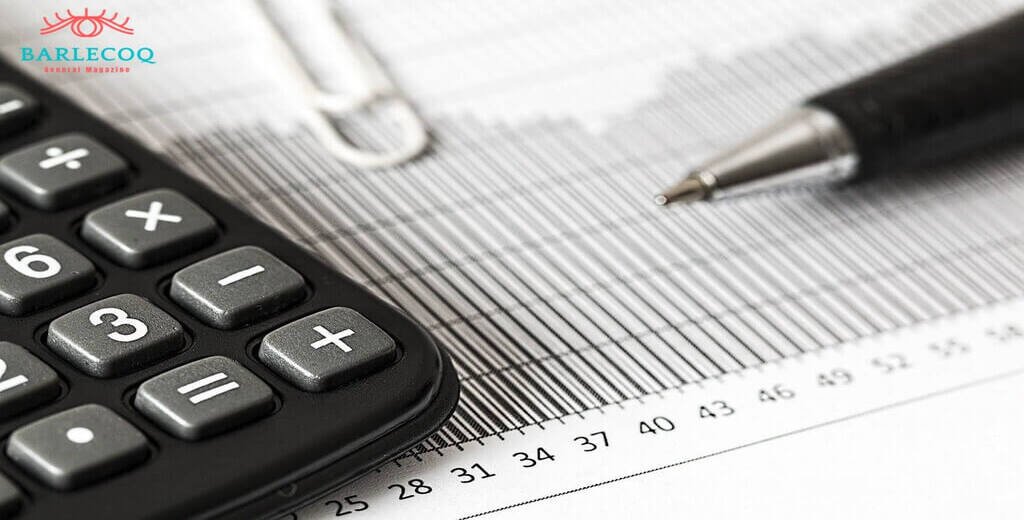You invest money in different investment plans as per tenors and varied interest rates. There are various variables that impact the rate of return for any typical financial investment. Before calculating returns, it will be better to understand these crucial variables.
Variables that impact Interest Rate
Rate of return
This is what matters most for investors. Rate of returns is used to compare the appealing quality of various financial investments. Generally, the annual rate of returns and the nominal rate of returns is different for an investment when compounding occurs quarterly, half-yearly than once a year.
Principal amount
In investing terms, the starting amount of an investment is called the Principal. Most of the time, it is a large amount of savings to meet financial goals such as a home or marriage.
Investing horizon
The tenor of the investment is another variable. The risk in regards to tenor depends on where you are investing. For example, in the stock market, the short term investment is riskier and long-term investment can beat inflation hedge. Generally, the longer period of investment brings more compounding of return and the greater rewards.
Whether it is post office savings schemes, FD rates or other savings-investment returns, if you are wondering where to invest, know that the interest rate calculations will be affected by these variables.
Interest on Fixed Deposits
Some investments provide simple interest and others compound your returns like deposits. Here you will see the calculation of interest on fixed deposits.
Compound Interest
Compound interest for a deposit is calculated on both – the principal and the interest earned on the principal for previous periods in a tenor. Compound interest is “interest calculated on interest”. It grows your savings rapidly than simple interest as simple interest is calculated only on the principal amount only. Interest can be compounded from daily to annually. The number of compounding periods brings a major difference in returns from an investment. The higher the number of compounding periods, the higher the compound interest.
Compound Interest on FDs
Interest on Fixed Deposits (FDs) is compounded quarterly. Four compounding periods in a year are really better than one or two. So longer the lock-in period, higher the interest you will earn that accumulates sizeable corpus for you. That’s how the frequency of interest payouts you prefer affects interest.
FD Calculation Formula
To calculate FD returns, you need to use the following formula
A=P(1+r/n)^n*t
Where
A denotes the maturity amount
P denotes the principal amount
r denotes the rate of interest
t denotes the number of years
n denotes compound interest frequency
Let’s understand with an example. You want to deposit Rs. 20,00,000 in Fixed Deposits for 3 years @6%. Apply the formula provided here:
A=2000000*{[1+(0.06/1)]^(1*3)}
It looks like a heavy calculation and you need to calculate it manually using calculators. And tax calculation is also there to be calculated on maturity amount later.
Here is the solution to estimate returns on your investment amount – Fixed Deposit Online Calculator.
FD Calculator
FD calculator is an online tool which is a ready-to-use tool. All you need to do is to input values and it will show you the amount receivable within seconds. You can use an FD calculator to streamline your investment to maximise the returns.
Here are the steps to use Bajaj Finance FD calculator.
- Browse bajajfinserv.in
- Go to Products in the menu tab > Fixed Deposits and Investments > Fixed Deposit Calculator
- Choose customer category, let us suppose the customer category is Senior Citizen (Investing online/ offline)
- Enter Investment amount. Let us suppose the investment amount is
Rs. 20,00,000.
- Enter Investment tenor, let’s suppose it is 3 years
You will view amounts to be received at maturity automatically on your screen.
The results will show the following calculations for above-mentioned example:
Cumulative (indicative results)
| Interest rate:6.85% | Interest payout:Rs. 4,39,796 | Maturity by:Dec 2023 | Maturity amount:Rs. 24,39,796 |
Non- Cumulative (indicative results)
| Period | Interest rate | Interest payout |
| Monthly | 6.64% | Rs.11,067 |
| Quarterly | 6.69% | Rs.33,450 |
| Half-yearly | 6.74% | Rs.67,400 |
| Yearly | 6.85% | Rs.1,37,000 |
Here you see how easily you can use the Bajaj Finance FD Return Calculator to determine final returns and maturity amount. Bajaj Finance FD offers one of the highest interest rates in 2020 up to 6.85%.









